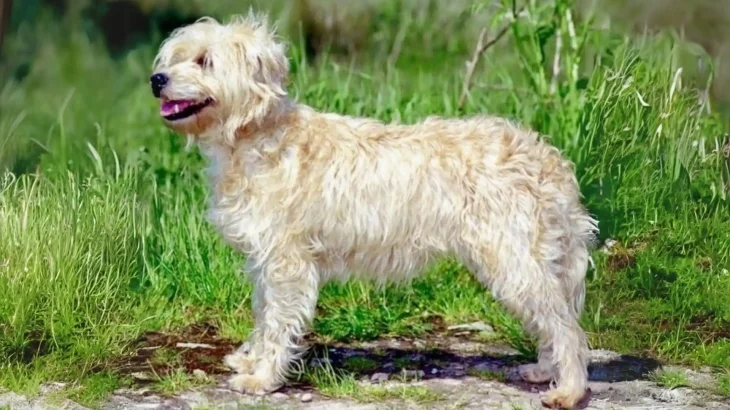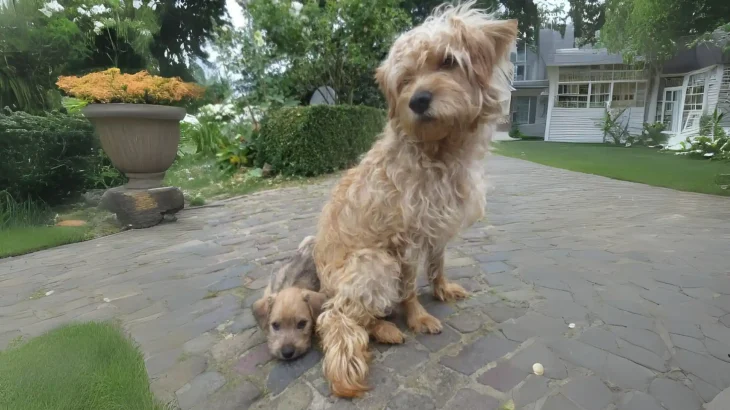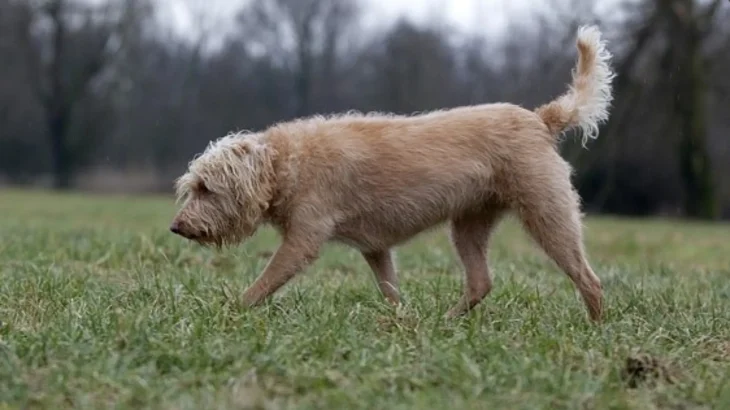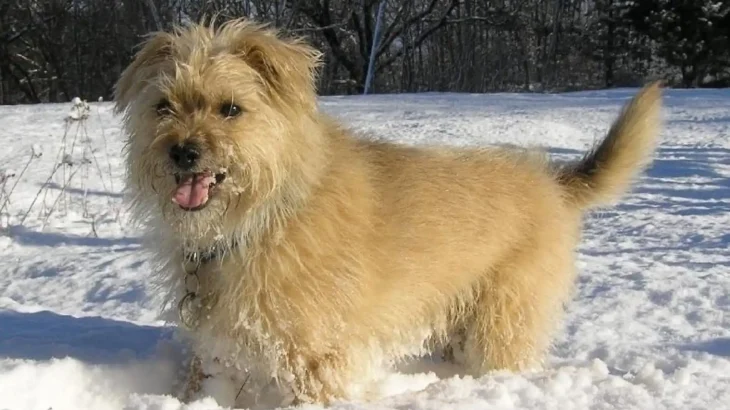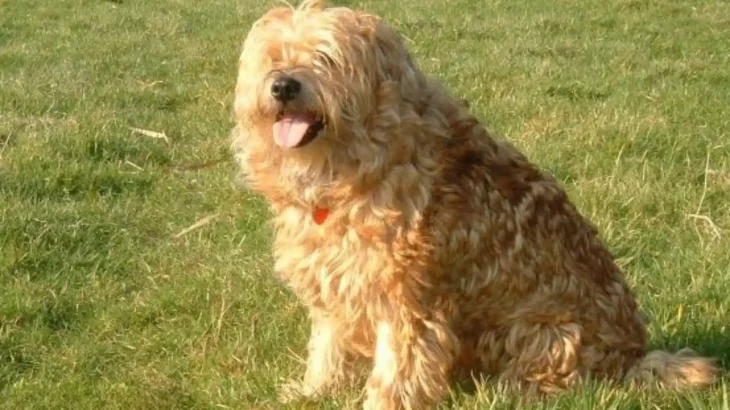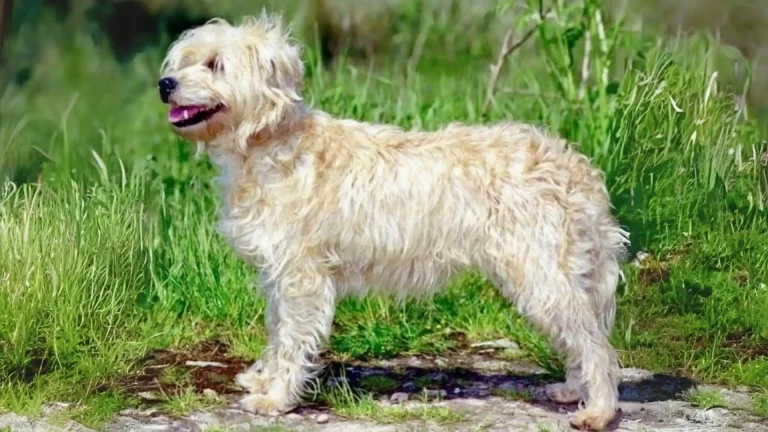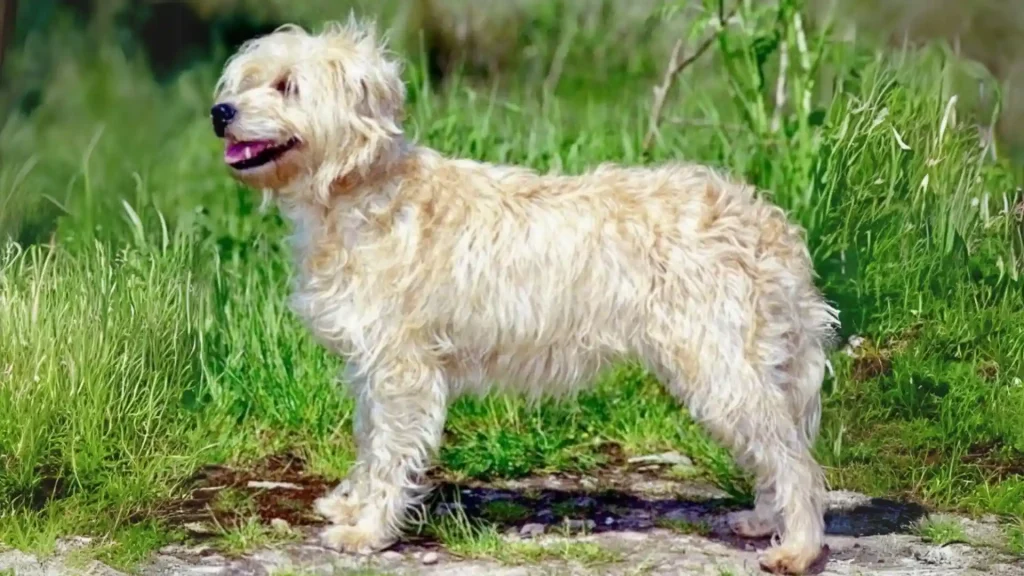Deciding whether to adopt or buy a Dutch Smoushond puppy involves weighing factors like cost, health transparency, and ethics. Buying from a breeder often means clearer insight into the puppy's lineage and health, while adoption offers a chance to support animal welfare by giving a home to a dog in need.
Adoption vs. Breeder: Pros & Cons
| Criteria | Buying from Breeder | Adopting from Shelter/Rescue |
|---|---|---|
| Cost | Generally higher, reflecting breed rarity and pedigree. | Lower adoption fees, often including initial care. |
| Health History | More comprehensive records and testing. | Medical history may be limited; shelters provide basic health checks. |
| Age Availability | Mostly puppies, allowing early bonding and training. | Varies; includes adult dogs needing new homes. |
| Temperament Insight | Breeders share traits based on lineage. | Shelters provide observations but full history may be unknown. |
| Supporting Practices | Supports breed preservation; important to find ethical breeders. | Supports animal welfare by rescuing dogs and lowering shelter populations. |
| Ethical Considerations | Risk of unethical breeding if not carefully vetted. | Promotes rescue and rehabilitation of dogs. |

